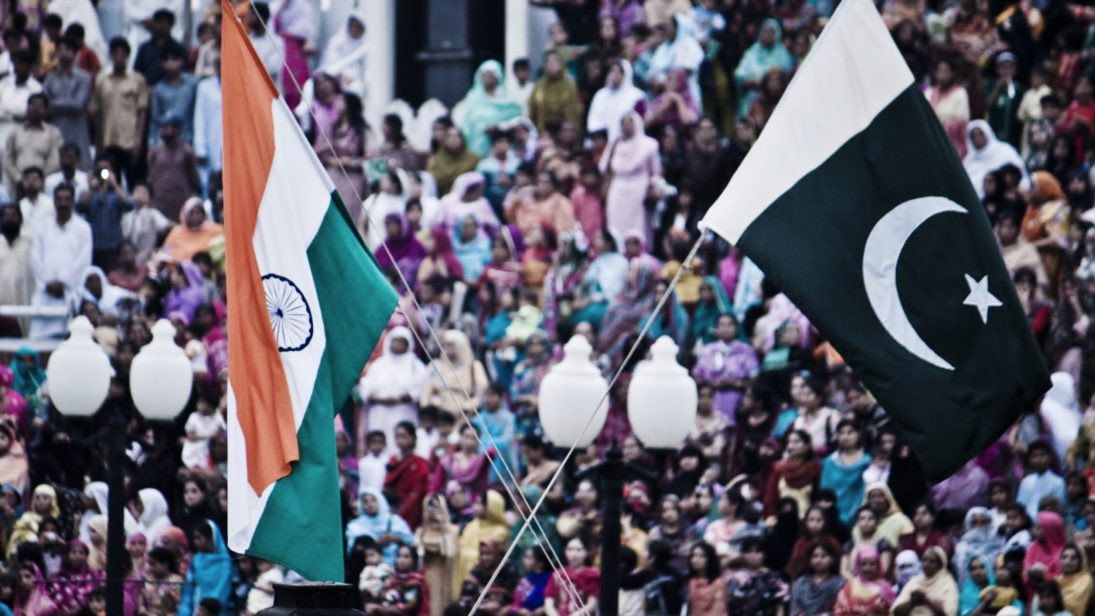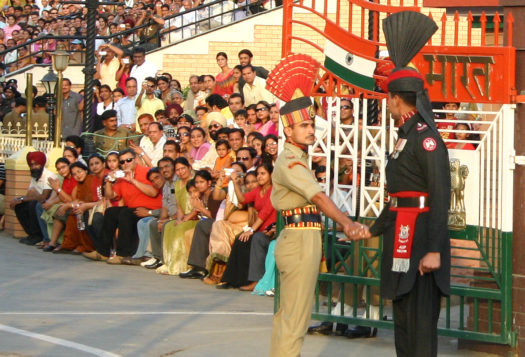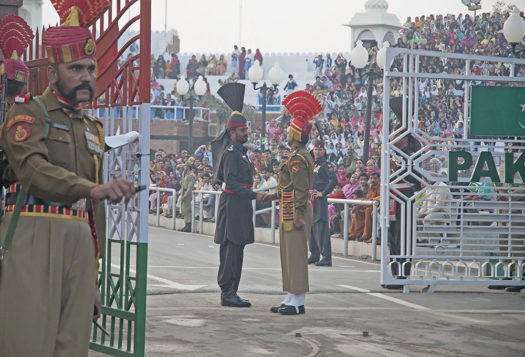
This month marks the 20th anniversary of India and Pakistan’s 11 cumulative nuclear tests in May 1998. After 20 years, the situation on the subcontinent demands introspection: longstanding antagonism between India and Pakistan has been accompanied by the modernization of nuclear forces, evolving nuclear doctrines, the absence of bilateral dialogue, and a lack of impactful confidence-building measures. What concrete measures can New Delhi and Islamabad take to ameliorate the risks of a nuclear confrontation in South Asia? SAV contributors assess in this two-part series.


